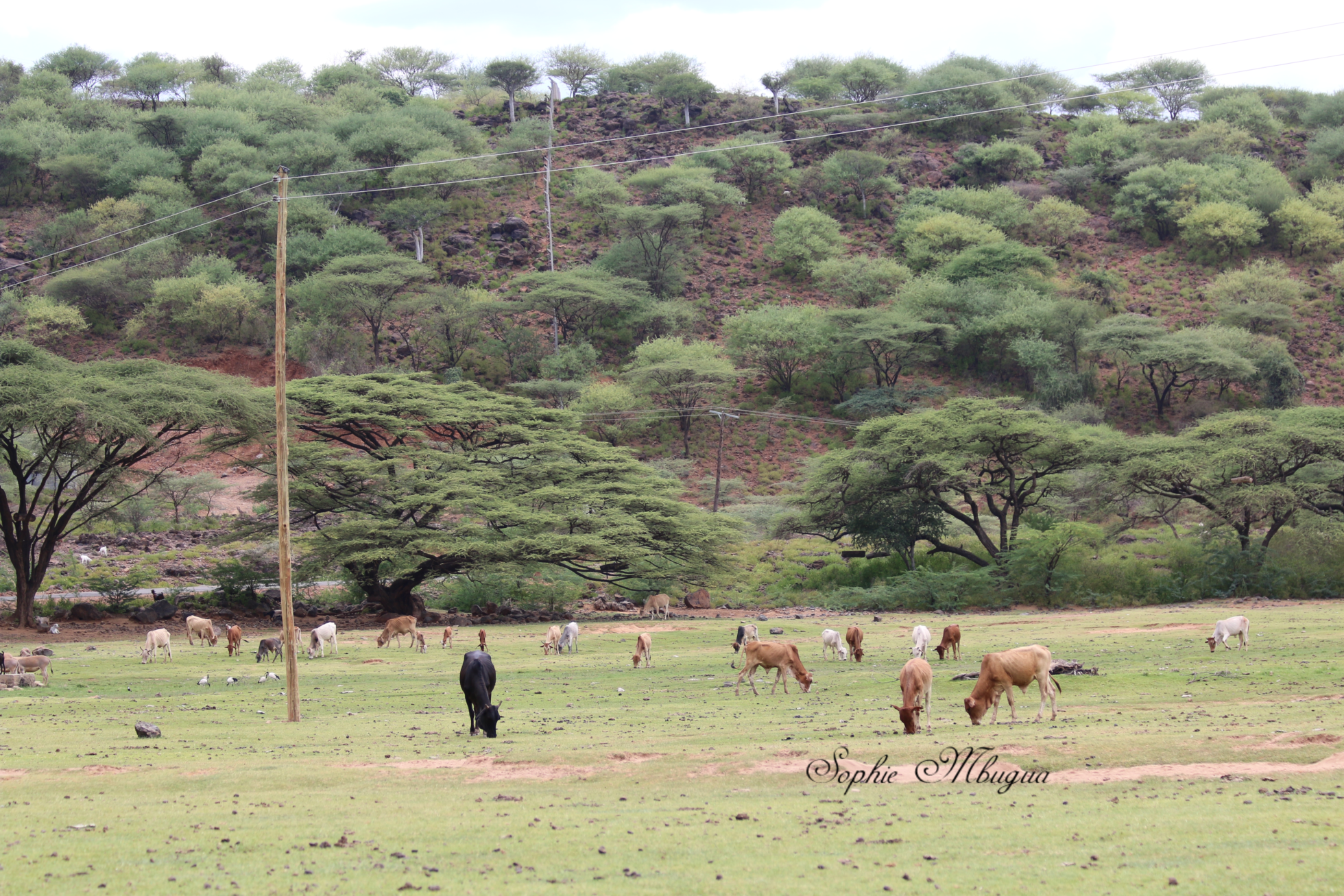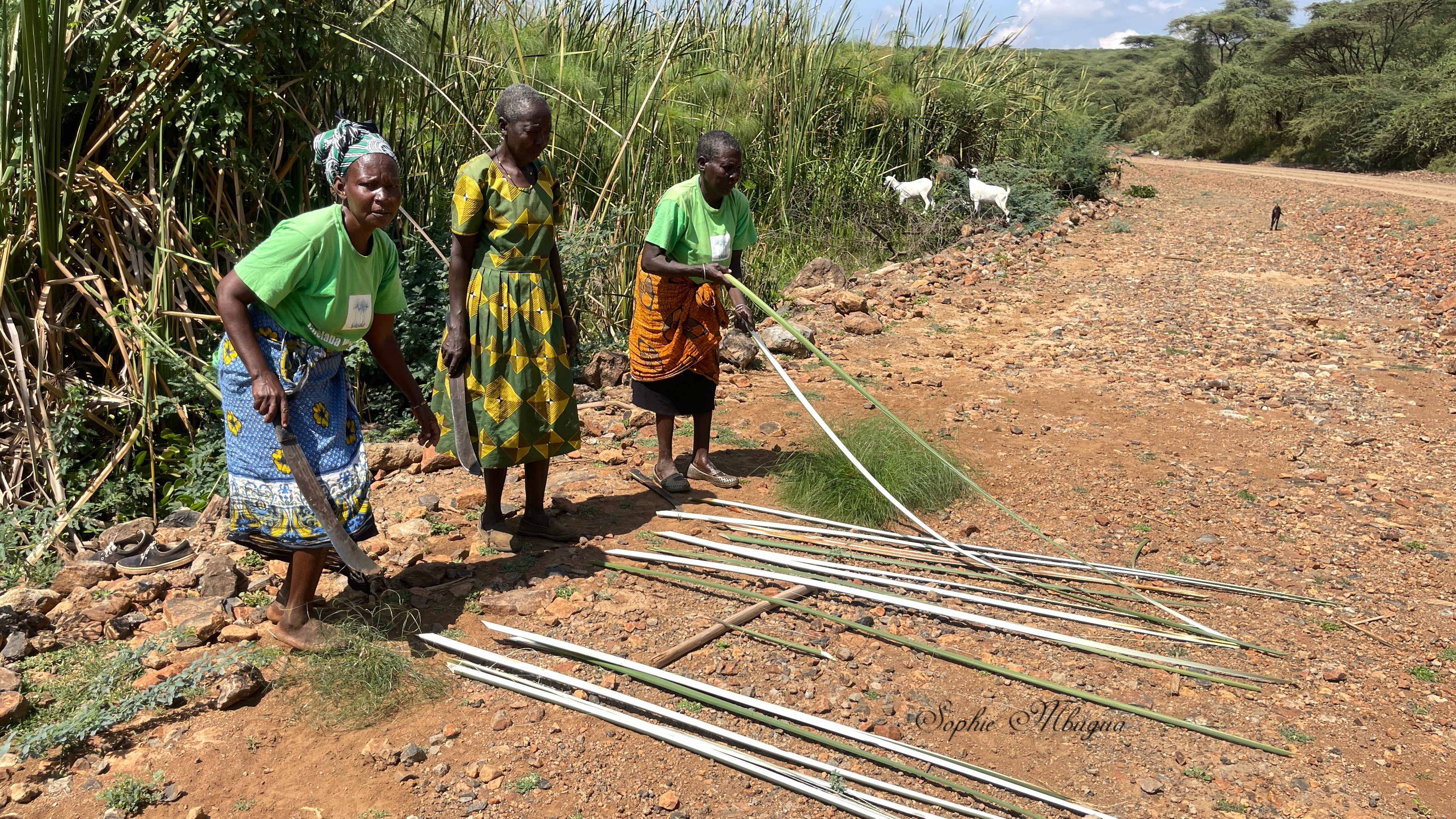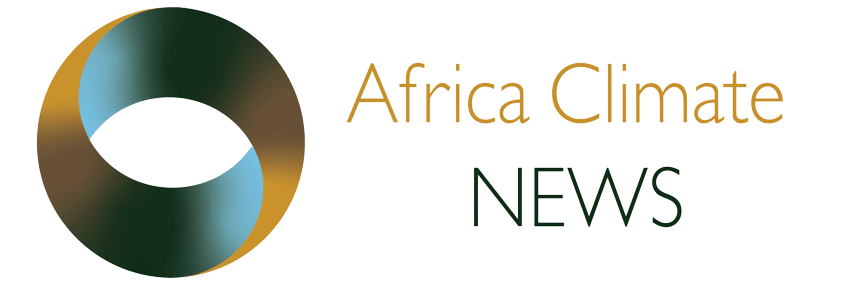Bogoria Kenya:In the 1970s, the Endorois community lost their grazing ground when Lake Baringo was registered as a national reserve. The Endorois community a Kenyan minority of indigenous people living around Lake Bogoria in Baringo County in Kenya’s Rift valley
Lake Bogoria is one of Kenya’s Rift Valley lakes and a Ramsar site famed for its geysers and its vast population of flamingos. Sadly, also among Kenya’s flooding rift valley lakes.
The community turned to the Loboi Swamp, now under the Kiborgorch Community Wildlife and Wetland Conservancy – about 2000 acres – as their grazing site. However, the swamp, which occupied nearly 75 percent of the total land area before 1990, started shrinking.

“Grasses and shrubs started disappearing due to ongoing wildfires, land degraded due to over-harvesting of resources, extraction, and droughts,” explains Joel Kitui Kiprop, the Conservancy manager. “Today, the swamp occupies about 15 percent of the total conservancy area,” Kiprop adds.
The Chelaba Women Group depends on the swamp to collect Papyrus reeds. They use the reeds to make sleeping mats, leisure mats, sofa sets, and roofing materials. The women joined hands to save their source of livelihood.
“The swamp is a source of food and medicine and a dry season grazing area for the community. We rallied the community to rehabilitate and protect the swamp. Years later, the swamp is home to birds, snakes, crocodiles, ad many wild animals. The community has registered the swamp as a community conservancy’ Salina Lolok, the Chelaba women group chairperson, told the Africa Climate Podcast.
Click on the link below to listen to the Chelaba Women group conservation efforts, benefits, challenges, and the way forward.
The Papyrus is a highly productive plant. Papyrus swamps not only trap sediments and pollutants entering water bodies but are breeding grounds for fish and grazing fields for animals.
Wetlands cover around 6 percent of the Earth’s land surface. However, 40 percent of all plant and animal species live or breed in wetlands. The united nations say about one in eight people depend on wetlands for their livelihoods.
But, increasing human population density is creating mounting pressures to convert wetlands into agriculture and pasture land. In addition, changing climate and over-exploitation of wetland resources have resulted in 35percent lost wetlands since 1970.
To protect and benefit mutually from the Kiborgorch conservancy, Kiprop says in 2013, the Kenya wildlife Conservancies association sold the idea of the conservancy to the community.

By then, another swamp – the Kisumbo swamp had dried up. Also, the community feared the county government would take away their grazing land. Again, the community would lose vital grazing land like they had lost lake Bogoria when it was registered as a national reserve.
Loboi swamp, shared by three locations, Kapkaikui, Loboi, and Sandai, had to change the communities and renamed it Kiborgorch to ensure shared ownership among all and shared conservation responsibilities and benefits.
In 2015, the swamp and the adjacent land of about 2000 acres were registered as a community conservancy- the Kiborgorch community wildlife and wetland conservancy.
